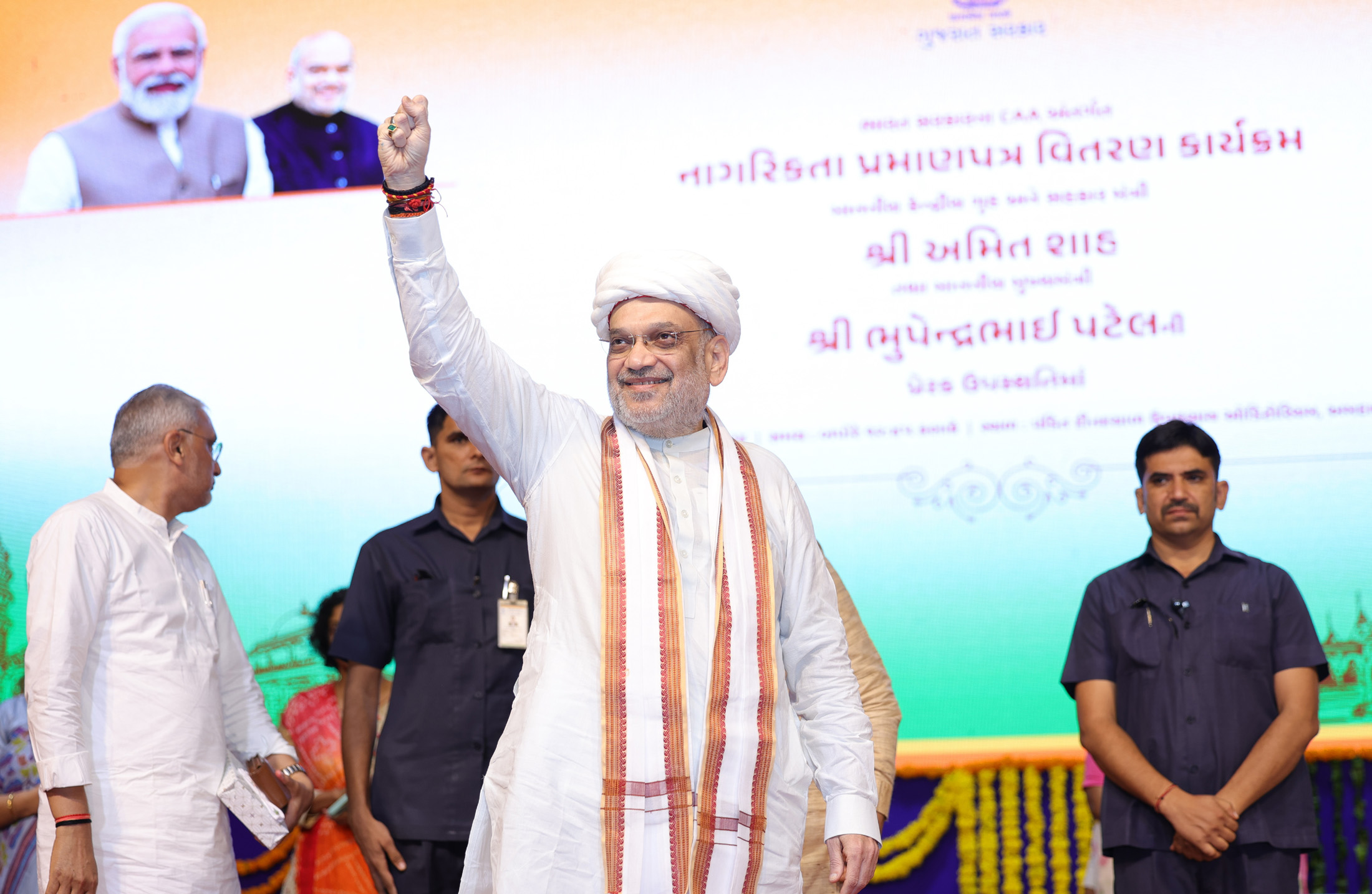The Union Territory of Ladakh has undergone a significant administrative reorganization with the recent announcement of five new districts: Zanskar, Drass, Sham, Nubra, and Changthang. This development is a crucial step towards enhancing governance and ensuring efficient delivery of public services in this remote and strategically important region. Combined with the 20 districts of Jammu & Kashmir, this brings the total number of districts in the area to 27. This change is expected to bring a host of benefits, ranging from better administrative control to demographic diversification.
Enhancing Governance and Public Service Delivery
The establishment of new districts in Ladakh aligns with the broader goal of improving governance and public administration. Previously, the vast landscapes of Ladakh were managed by just two districts, Leh and Kargil, which posed challenges for administrative oversight and service delivery. The introduction of five new districts will reduce the administrative burden on the existing districts and create localized governance structures that can better cater to the needs of the population. This restructuring will likely make it easier for residents to access government services, ranging from healthcare to education and infrastructure development (India Today, Money Control, ETV Bharat News).
Boosting Demographic Diversification
The creation of new districts is expected to lead to greater demographic diversification within Ladakh. By decentralizing administrative control, local governments can tailor their policies and development programs to the unique needs and characteristics of their communities. This will not only improve the efficiency of public service delivery but also foster a sense of inclusivity among different ethnic and cultural groups. The new administrative divisions will encourage a more balanced development approach, ensuring that marginalized communities receive adequate representation and support (India Today, Money Control, ETV Bharat News).
Strengthening Security and Administrative Control
Ladakh, being a region of strategic importance, shares borders with China and Pakistan, making its security and administrative control crucial. With the addition of new districts, the region will have more localized governance, which can contribute to better security management. Enhanced administrative oversight will allow for a more robust response to security challenges and a better coordination mechanism among various government agencies. The ability to implement policies and make decisions closer to the ground will enable quicker and more effective responses to any emerging threats (MoneyControl, ETV Bharat News).
Conclusion
The reorganization of Ladakh into seven districts marks a significant step towards a more inclusive and effective administrative framework. By improving governance, promoting demographic diversification, and enhancing security measures, this initiative is poised to bring long-term benefits to the people of Ladakh. The creation of these new districts reaffirms the central government’s commitment to the development and prosperity of the region, ensuring that all communities are given the opportunity to thrive in a secure and supportive environment.
Looking Forward
As Ladakh continues to evolve under this new administrative structure, it will be essential to monitor the impact of these changes closely. Effective implementation of policies and continuous engagement with local communities will be critical to realizing the full potential of this administrative reform. The success of this initiative will serve as a model for other regions with similar geographical and strategic challenges, highlighting the importance of adaptive governance in promoting regional stability and development.



